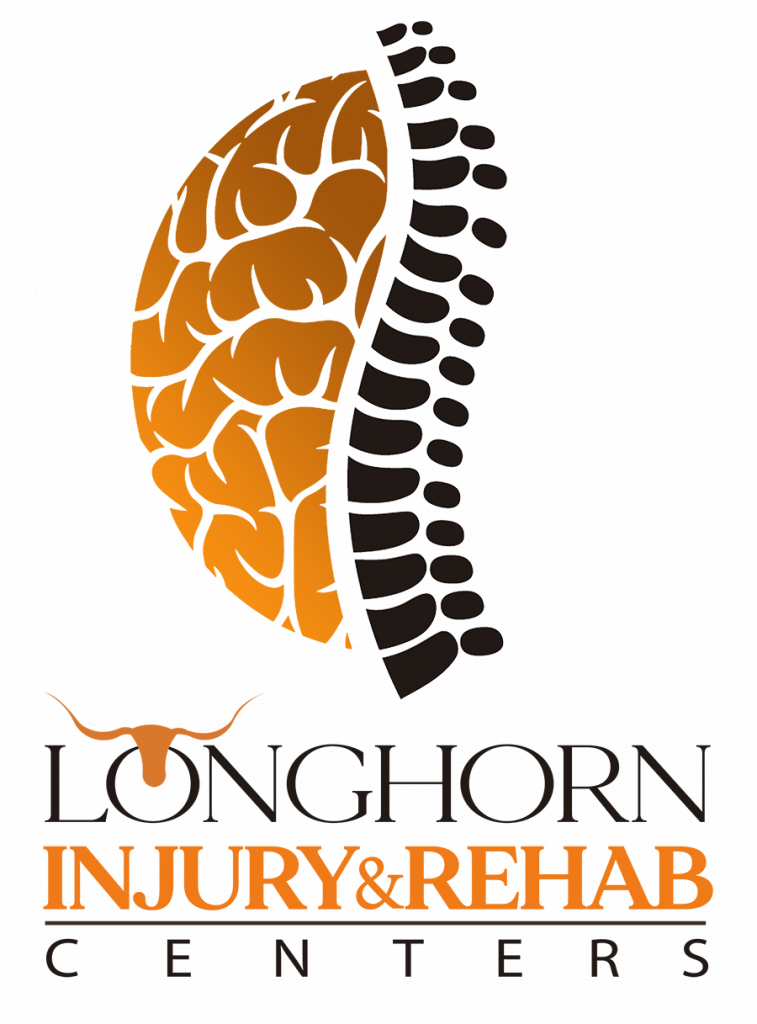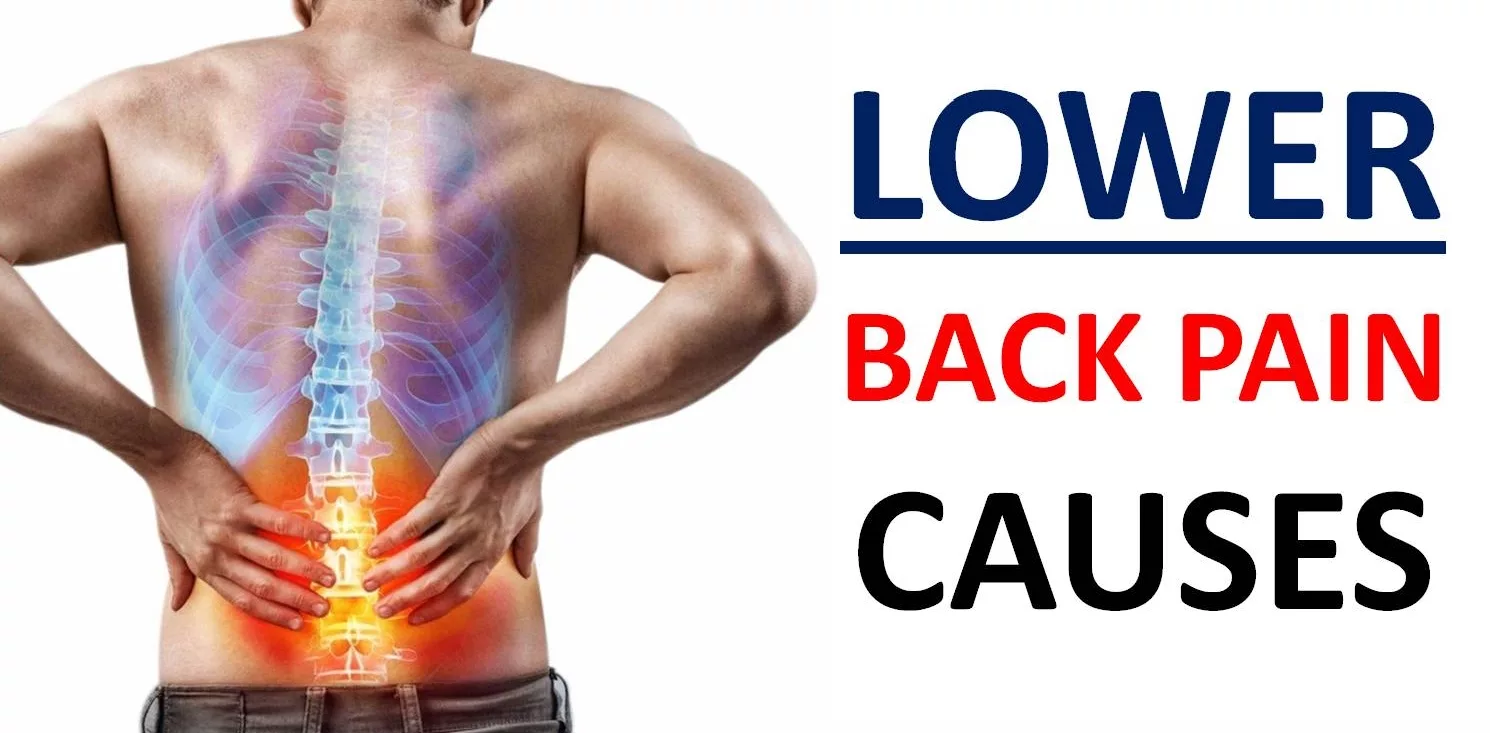
Lower Back Pain: Causes, Symptoms & Diagnosis
Back Pain Chiropractor | New Patient Special | $59 Chiropractic Adjustment
Back pain is a common condition that can be caused by a variety of factors. In this blog post we’ve discussed the causes of lower back pain. As people age, bone strength and muscle elasticity and tone tend to decrease. The discs begin to lose fluid and flexibility, which decreases their ability to cushion the vertebrae. Pain can occur when, for example, someone lifts something too heavy or overstretches, causing a sprain, strain, or spasm in one of the muscles or ligaments in the back. If the spine becomes overly strained or compressed, a disc may rupture or bulge outward. This rupture may put pressure on one of the more than 50 nerves rooted to the spinal cord that control body movements and transmit signals from the body to the brain. When these nerve roots become compressed or irritated, back pain results.
Lower Back Pain
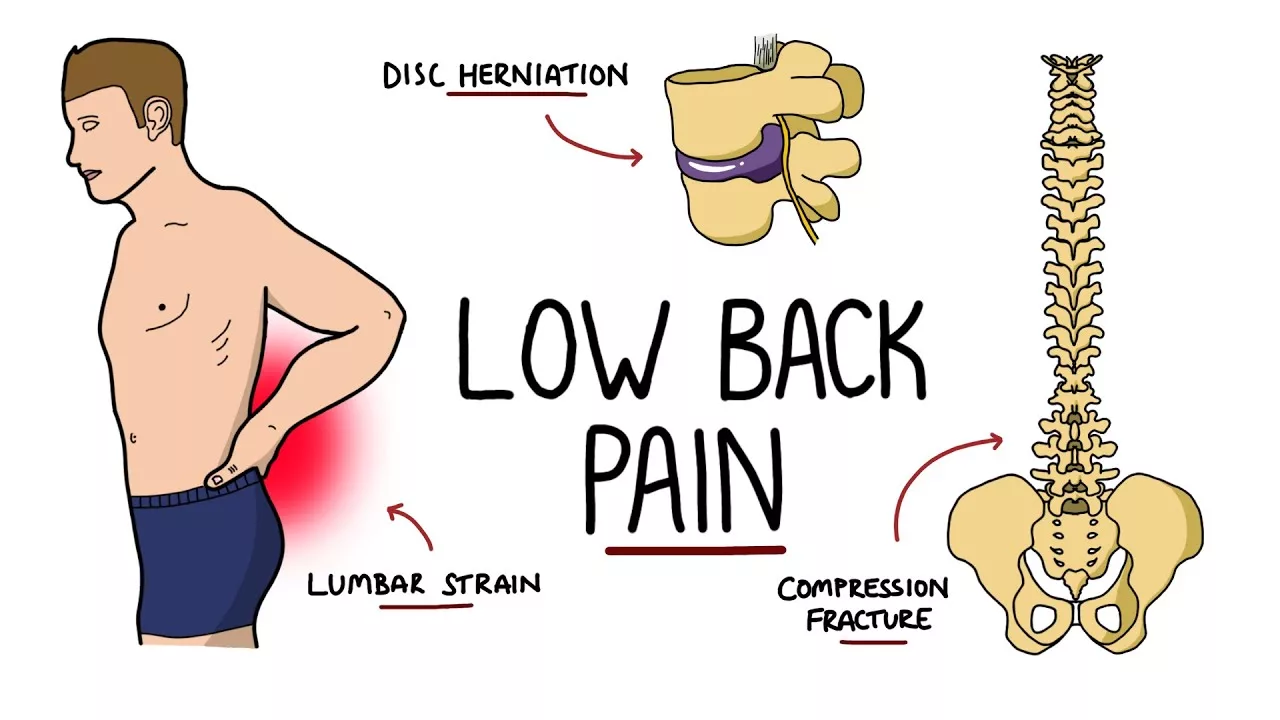
Lower back pain may reflect nerve or muscle irritation or bone lesions. Most low back pain follows injury or trauma to the back, but pain may also be caused by degenerative conditions such as arthritis or disc disease, osteoporosis or other bone diseases, viral infections, irritation to joints and discs, or congenital abnormalities in the spine. In other words, obesity, smoking, weight gain during pregnancy, stress, poor physical condition, posture inappropriate for the activity being performed, and poor sleeping position also may contribute to low back pain.
Who is Most Likely to Develop Lower Back Pain?
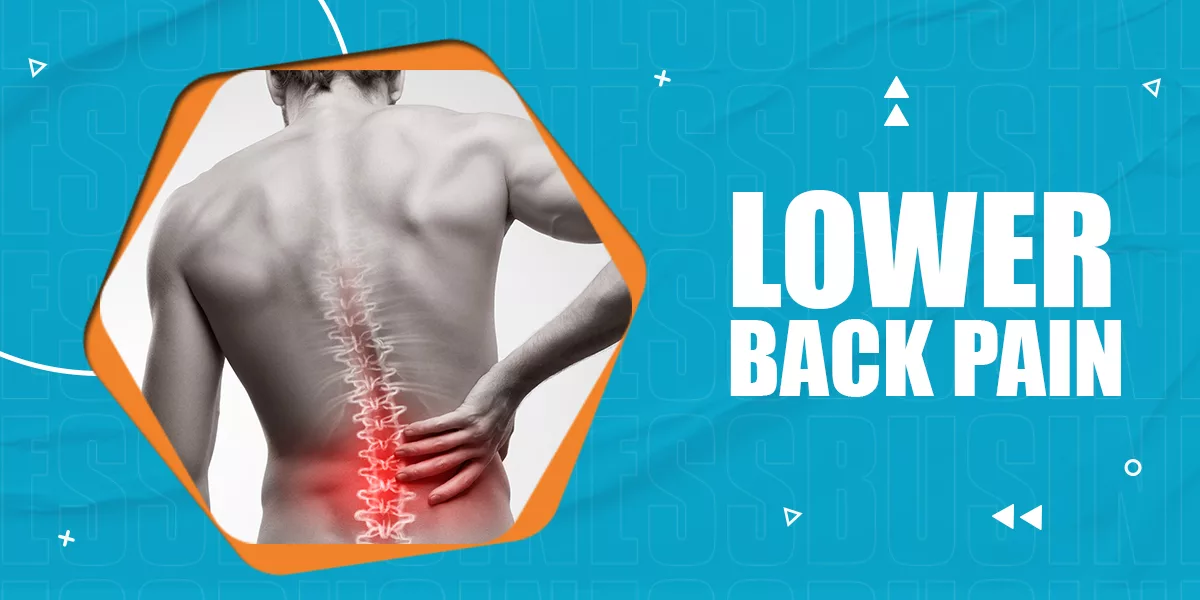
Nearly everyone has lower back pain sometime. It occurs most often between ages 30 and 50, due in part to the aging process but also as a result of sedentary life styles with too little (sometimes punctuated by too much) exercise. The risk of experiencing low back pain from disc disease or spinal degeneration increases with age.
Back pain unrelated to injury or other known cause is unusual in pre-teen children. However, a backpack overloaded with schoolbooks and supplies can quickly strain the back and cause muscle fatigue. The U.S. Consumer Product Safety Commission estimates that more than 13,260 injuries related to backpacks were treated at doctors’ offices, clinics, and emergency rooms in the year 2000.
Lower Back Pain Causes
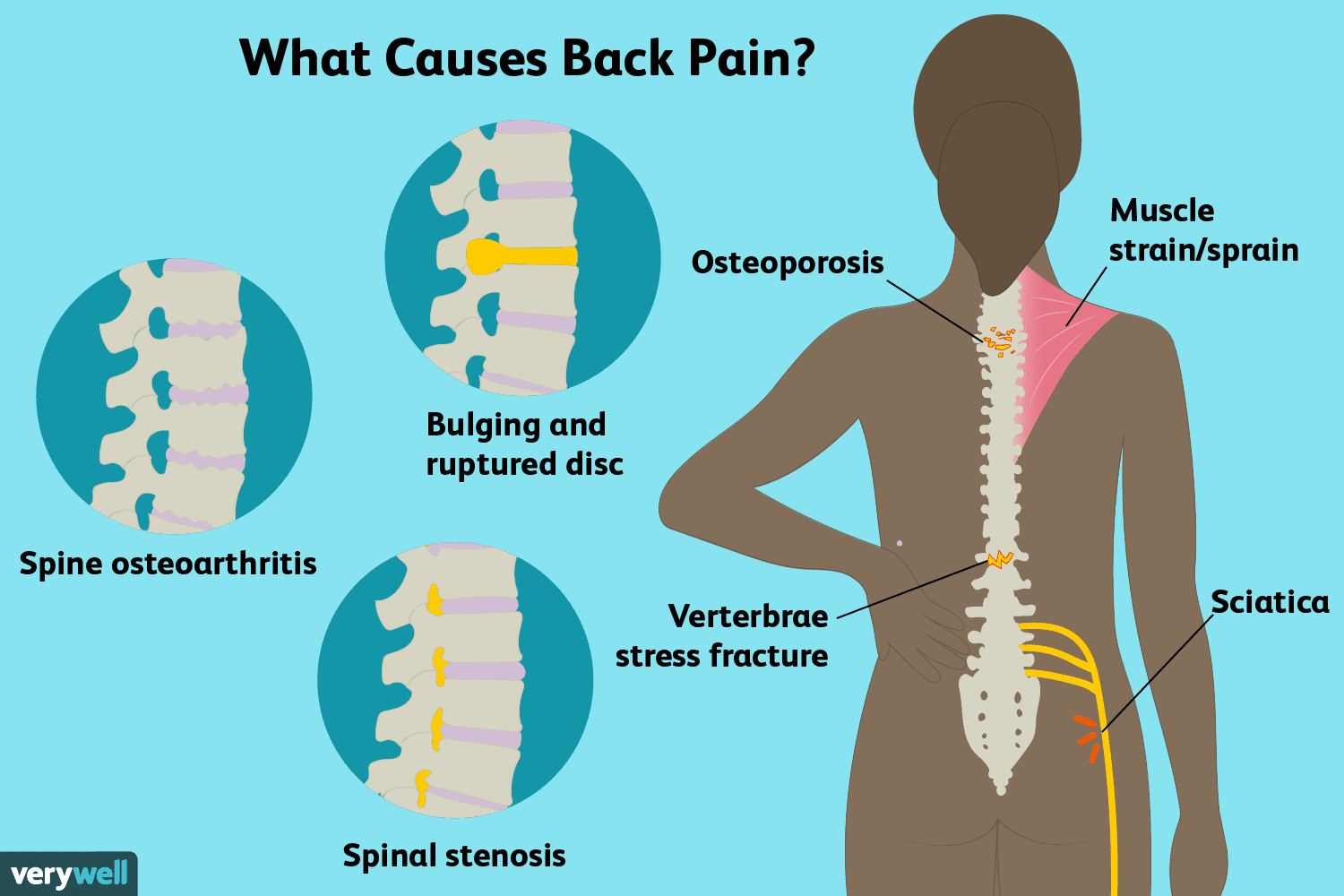
-
Bulging Disc
-
Sciatica
-
Spine Degeneration
Spinal degeneration from disc wear and tear can lead to a narrowing of the spinal canal. A person with spinal degeneration may experience stiffness in the back upon awakening or may feel pain after walking or standing for a long time.
-
Spine Stenosis
-
Osteoporosis
Osteoporosisis a metabolic bone disease marked by progressive decrease in bone density and strength. Fracture of brittle, porous bones in the spine and hips results when the body fails to produce new bone and/or absorbs too much existing bone. Women are four times more likely than men to develop osteoporosis. Caucasian women of northern European heritage are at the highest risk of developing the condition.
-
Skeletal Irregularities
-
Fibromyalgia
-
Spondylitis
Spondylitis refers to chronic back pain and stiffness caused by a severe infection to or inflammation of the spinal joints. Other painful inflammations in the lower back include osteomyelitis (infection in the bones of the spine) and sacroiliitis (inflammation in the sacroiliac joints).
How is Lower Back Pain Diagnosed?
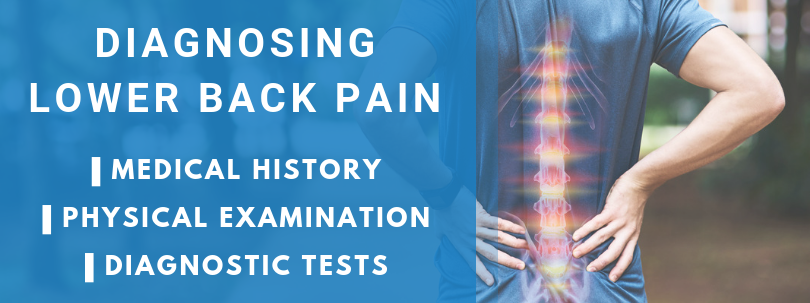
Conclusion: Chiropractor for Low Back Pain
Lower back pain is a common condition that can be caused by a variety of factors. A back pain chiropractor can help alleviate back pain and other related symptoms by using a variety of techniques, including spinal manipulation, massage therapy, and exercise therapy. If you are experiencing back pain, consider scheduling an appointment with a chiropractor to see if chiropractic care is right for you. With the help of a back pain chiropractor, you may be able to find relief and improve your overall quality of life.
Don’t Let Lower Back Pain Dictate Your Life.
Call Now +1-844-589-7246
Looking for a best back pain chiropractor near me in Dallas, TX? Longhorn Injury provides chiropractic adjustment for back, neck & sciatic pain relief. Moreover, we provide consultation, diagnostic and therapeutic services for patients suffering from a variety of acute and chronic conditions.
Contact us for Best Chiropractors in Dallas, Texas for an Appointment Today.
Longhorn Injury is your Chiropractor in Dallas, TX.
What is the reason of back pain?
A common cause of back pain is injury to a muscle or ligament. These strains and sprains can occur for many reasons, including improper lifting, poor posture and lack of regular exercise. Having a higher weight may increase the risk of back strains and sprains.
Can back pain be normal?
You are not alone. Anyone can experience lower back pain at any time, even if you don't have a prior injury or any of the risk factors. It is not always serious and can often get better on its own. But in some cases pain is your body's way of telling you that something isn't right.
Is it back pain or kidney pain?
Back pain usually affects the middle of your back, over your spine, and most commonly in the lower back. Spine-related issues can also cause back pain to sometimes radiate down your legs. In comparison, kidney pain is typically located higher on your back and it often feels deeper.
